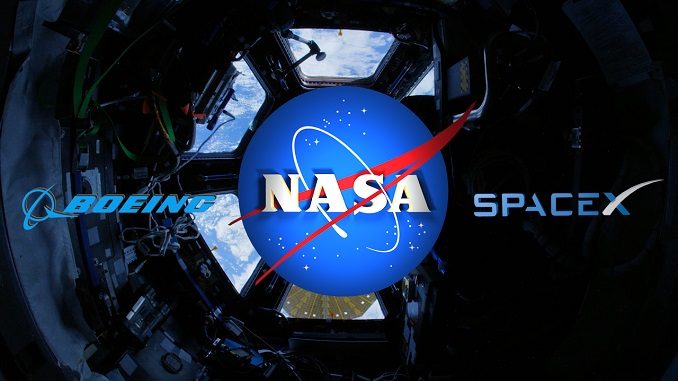
The International Space Station is currently expected to end operations in 2024, but a group from the U.S. Senate’s Commerce, Science, and Transportation Committee want to go ahead with the program until 2030 — a full six years later — in a new NASA 2019 authorization act.
“By extending the ISS through 2030, this legislation will help grow our already burgeoning space economy, fortifying the United States’ leadership in space, increasing American competitiveness around the world, and creating more jobs and opportunity here at home,” said U.S. Sen. Ted Cruz, R-Texas, chair of the Subcommittee on Aviation and Space, in the joint statement.
One probable motivation for this extension would be the space station’s growing in-space manufacturing capability, given some of the languages in the authorization act.
“The [NASA] administrator shall establish a low-Earth orbit commercialization program to encourage the fullest commercial use and development of space by private entities in the United States,” it states in one of its sections. The act further asks NASA to “maintain a national microgravity laboratory in space” even after the space station is decommissioned.
The other senatorial signatories include subcommittee ranking member Kyrsten Sinema, D-Ariz.; Roger Wicker, R-Miss.; and Maria Cantwell, D-Wash., chair and ranking member of the larger science committee.
Because the ISS is an international project, its extension will need to be approved by the other partners in the laboratory. The Russian Federal Space Agency (Roscosmos), the European Space Agency and the Japan Aerospace Exploration Agency are the partners that currently provide the most funding.
Each agency must also set the budget priorities in the wake of NASA’s push to land humans on the moon in 2024, a program for which it is also seeking international participation.
The authorization act asks for “scheduled availability sufficient for use on the third launch of the Space Launch System,” which is set for 2024 and would be the scheduled first moon landing by humans since 1972.
The act also directs NASA to continue developing the Wide Field Infrared Survey Telescope (WFIRST).
The senators’ bill also orders NASA to launch an infrared asteroid-hunting space telescope to operate in space by 2025.
The act would also require NASA to develop a plan by the end of 2021 to test a new type of propulsion — nuclear thermal propulsion — in flight in 2024.




Be the first to comment